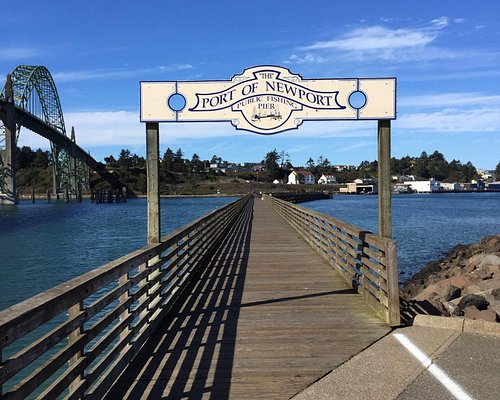
Coolest Sites to See Near Newport Oregon
Coolest Sites to See Near Newport Oregon
Oregon is filled with so many exciting things to do and see for locals and tourists alike. There’s always something for everyone in this beautiful state, whether you’re up for an adventure, learning history, or hungry for food trips. But if you’re on a limited time for vacation, you’re probably trying to squeeze everything in, starting with the coolest sites to see near Newport Oregon.
Well, we’ve got the perfect list for you! Read on as we share the coolest sites to see near Newport Oregon to add to your itinerary.
Coolest Sites to See Near Newport Oregon
Newport sits in the middle of Oregon’s Pacific Coast, with humble beginnings as a fishing village. Today, it is home to many luxury beach resorts, historical attractions, delicious restaurants, and many more!
If you’re wondering what to expect, here are some of the coolest sites to see near Newport Oregon.
Yaquina Head Outstanding Natural Area
The Yaquina Head Outstanding Natural Area is about a ten-minute drive to the north of Newport. It’s a must-see with dramatic coastal scenery and many outdoor activities to do. Moreover, it’s topped by the Yaquina Head Lighthouse, which is Oregon’s tallest lighthouse that’s been around since 1873.
You can hike at the park’s trails and learn about the attraction’s nature and history. You may even get to go harbor seal and whale watching.

Newport Historic Bayfront
This is one of the most popular places to visit in Newport, having a ton of attractions, shops, and restaurants to try. From here, you can find everything you want and need, from fantastic seafood restaurants down to souvenir shops. This is also where Wax Works and Ripley’s Believe It Or Not are located. Besides that, you can check out the fish market, visit art galleries, or take a break in a cozy café.
Since the Newport Historic Bayfront harbors a fishing fleet, you can enjoy the view of boats bobbing about the bay, along with sea lions around the area now and then!

Nye Beach
Nye Beach is a must-see because of its historic neighborhood, thriving art scene, and of course, the golden sands. It is a charming location attracting artists to its shores for inspiration, thus being the city’s cultural center.
It lies alongside the Pacific Ocean, boasting a stunningly soft, sandy beach with striking sunrises and sunsets. From here, you can sunbathe, swim, surf, and even go tide pooling and beachcombing. Take a long walk and you can find quaint cottages and countless shops to buy souvenirs or food.

Devil’s Punch Bowl
The Devil’s Punch Bowl is about 15 minutes away from the coast of Newport, one of the most spectacular natural sites you’ll see in the state. It is now protected as part of the state’s natural area, offering a ton of photo opportunities.
This attraction was founded in 1929, centering around the large natural bowl. This isn’t a manmade bowl, but something magical created by the pounding waves of the Pacific Ocean over the centuries and millennia. When you look down into Devil’s Punch Bowl, you’ll see the waters foaming, swirling, and roaring violently!
Besides appreciating the waters, you can also spot whales, check out more rock formations offshore, or even enjoy other activities like surfing, picnicking, and tide pooling in the park.
Seal Rock State Park
This is a picturesque spot that’s about 15 minutes from Newport. Besides the gorgeous rock formations, you may witness amazing wildlife, like sea birds, seals, and sea lions.
The Seal Rock State Park has been protected since 1929, known for its distinctive rock formations offshore. You can also walk around the area to explore the tidal pools and rest on the beach.

Oregon Coast Aquarium
The Oregon Coast Aquarium is ranked as one of the best aquariums in North America, and for many great reasons. You can find a ton of exhibits that show everything to learn about the state’s marine life, from seals, sea lions, and sea otters, to stingrays and starfish.
The aquarium has been open since 1992 and continues to entertain and teach children and adults alike. You can watch marine animals from the exhibits and aquariums, or head out to the open sea and coral reefs.
Eat a Lot!
Visiting all the coolest sites to see near Newport Oregon will surely have anyone build an appetite. Don’t forget to try some of the amazing restaurants in the city! Here are our recommendations when in Newport:
- Chowder Bowl – This is located at Nye Beach, where you can taste some of the best clam chowders. Their award-winning chowder uses local ingredients and has been around since the 1980s, so you’re sure you’re getting authentic and delicious dishes.
- Georgie’s Beachside Grill – This is one of the most beautiful restaurants in Newport with a view. You can head over here with family or your partner, where you can expect stellar service, huge portions of food, and delicious Yaquina Bay oysters.
- Panini Bakery – Don’t forget dessert! This is a local favorite that sells sweet pastries and savory dishes like sandwiches and pizza. They also serve energizing house coffee!
- Rogue Nation Brewery & Spirits – For those hankering for a good drink, you can enjoy a pint here at this pub.
Wrapping It Up
We hope that our list of the coolest sites to see near Newport Oregon helped you out! Now that you know where to go, start planning your trip and enjoy the beauty Oregon has to offer.
And hey, don’t forget to do one of the most popular activities in the state: Fishing! Whether you are a beginner or seasoned angler, you can join fishing charters or hire a fishing guide so you have more chances of catching fish and learning new things about Oregon waters. Contact us now to learn more about what we have to offer.
Schedule your Oregon Fishing Charter Today!
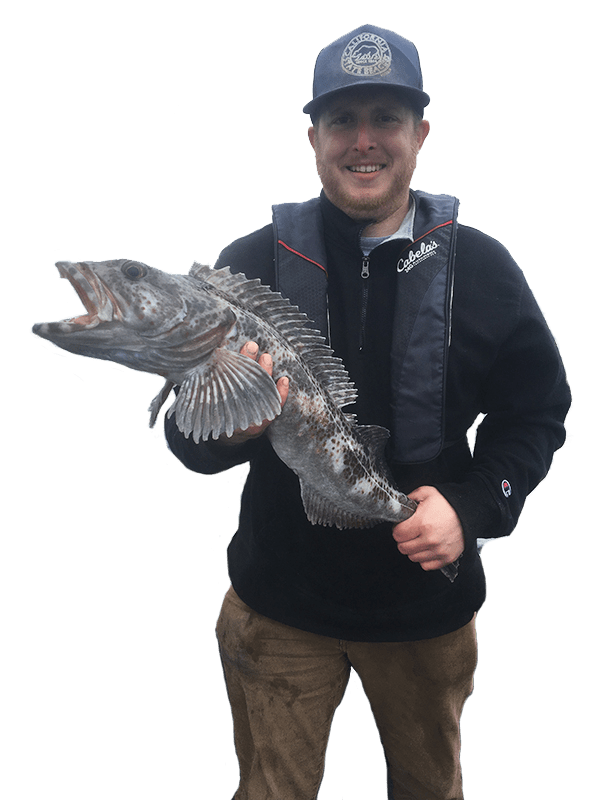


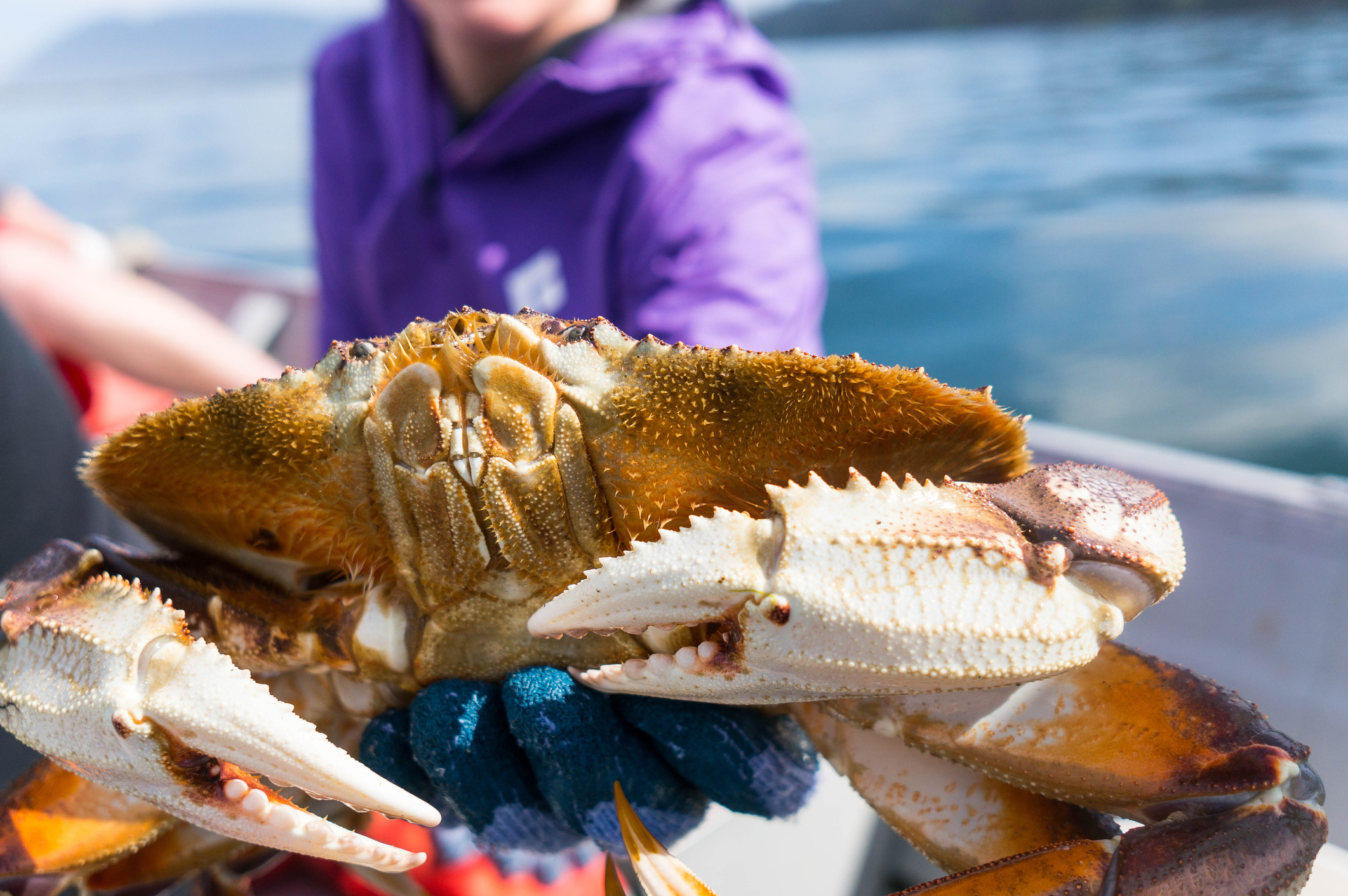
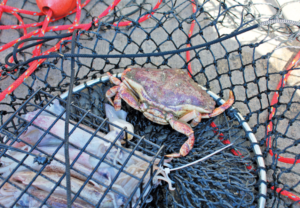
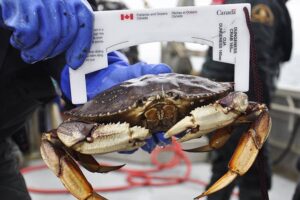
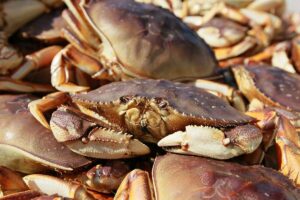
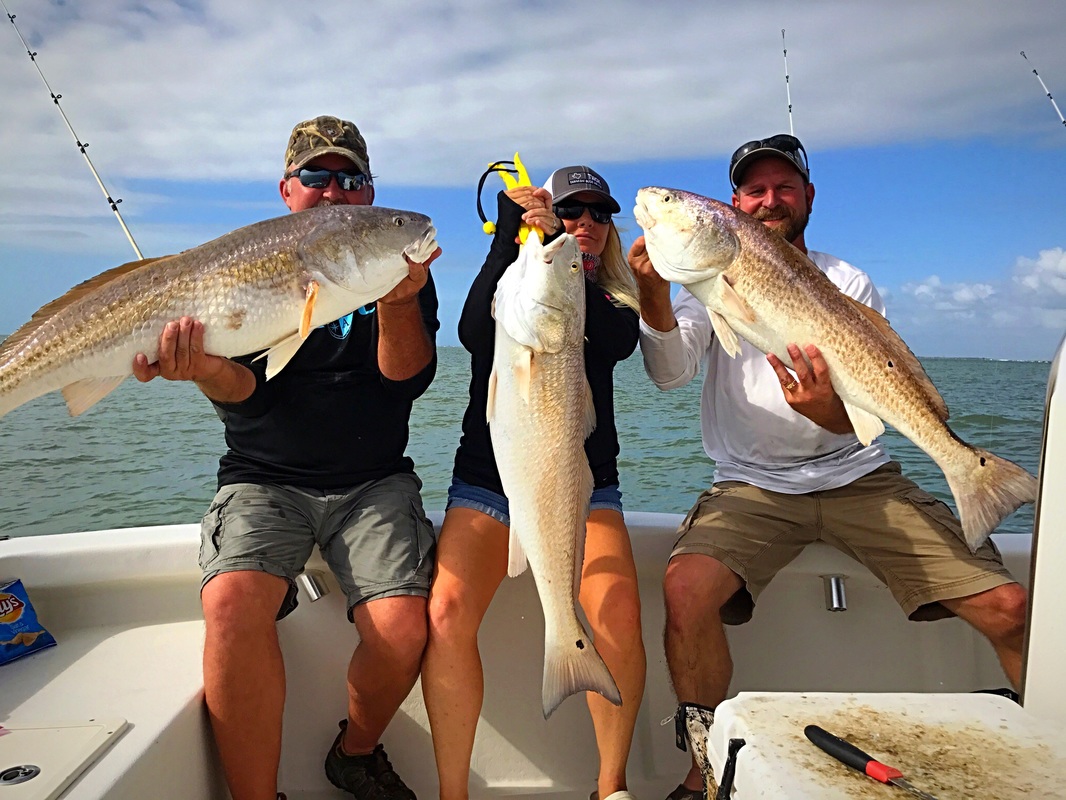
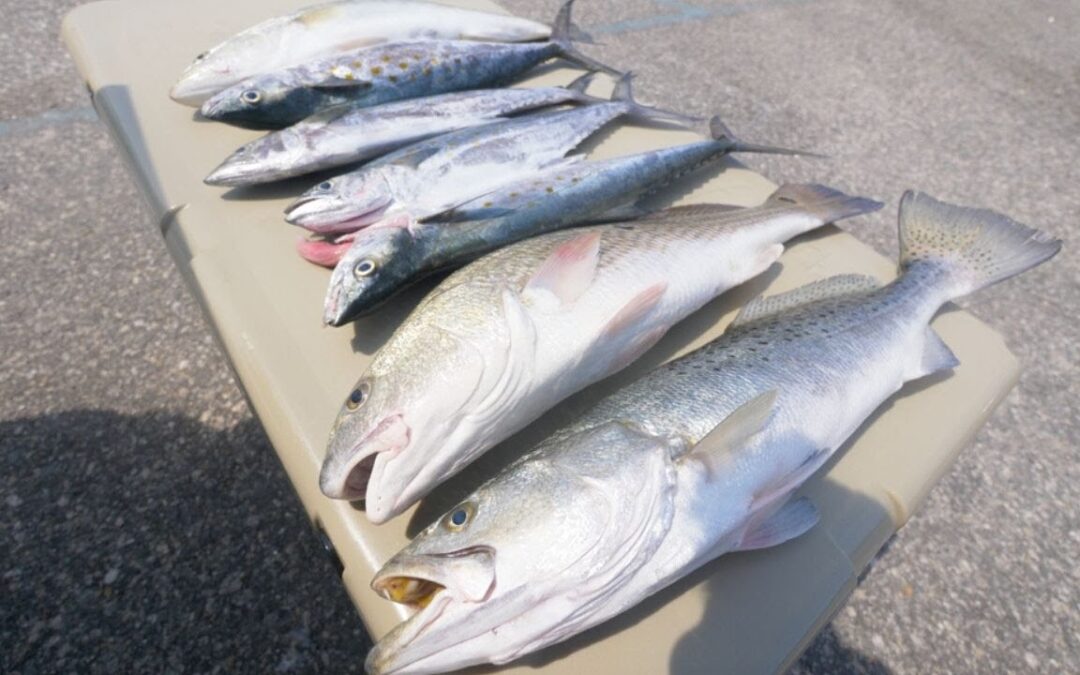
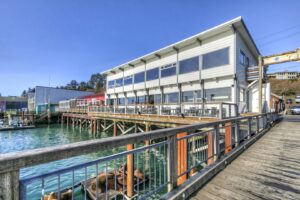


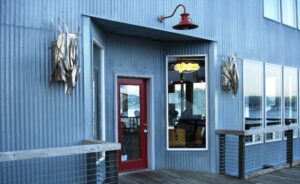
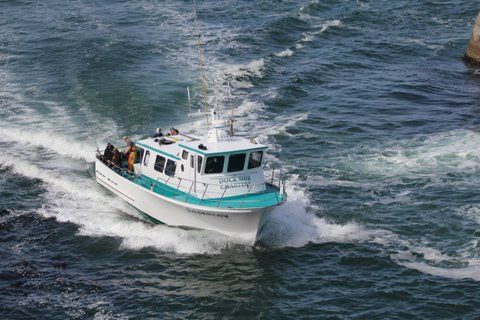
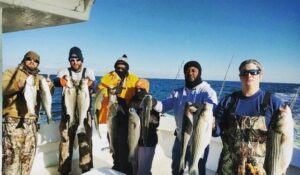
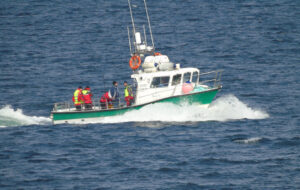
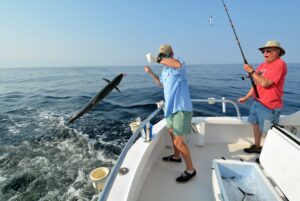
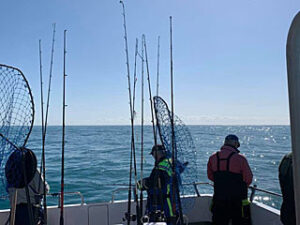
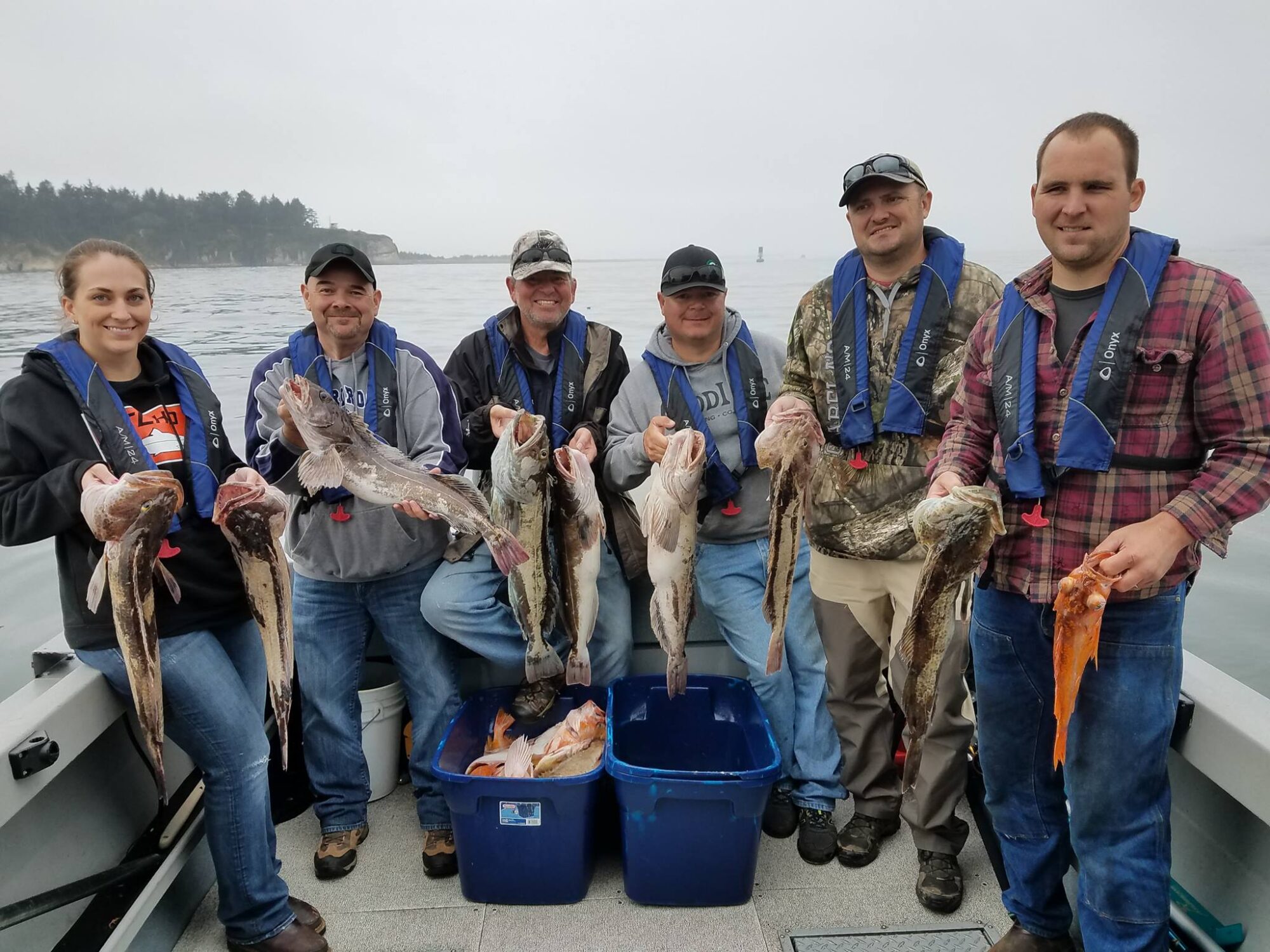
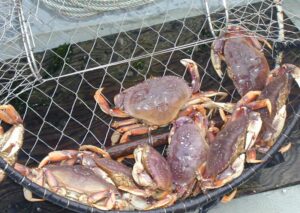

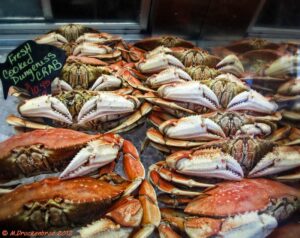
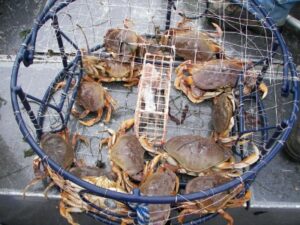
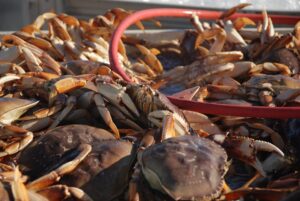
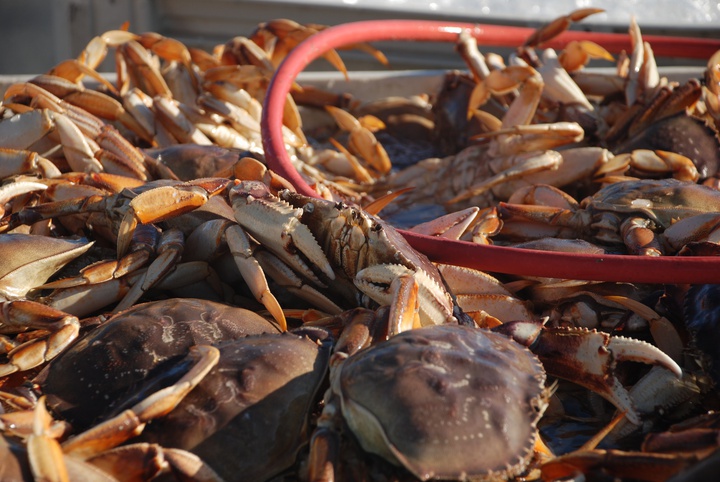
Recent Comments